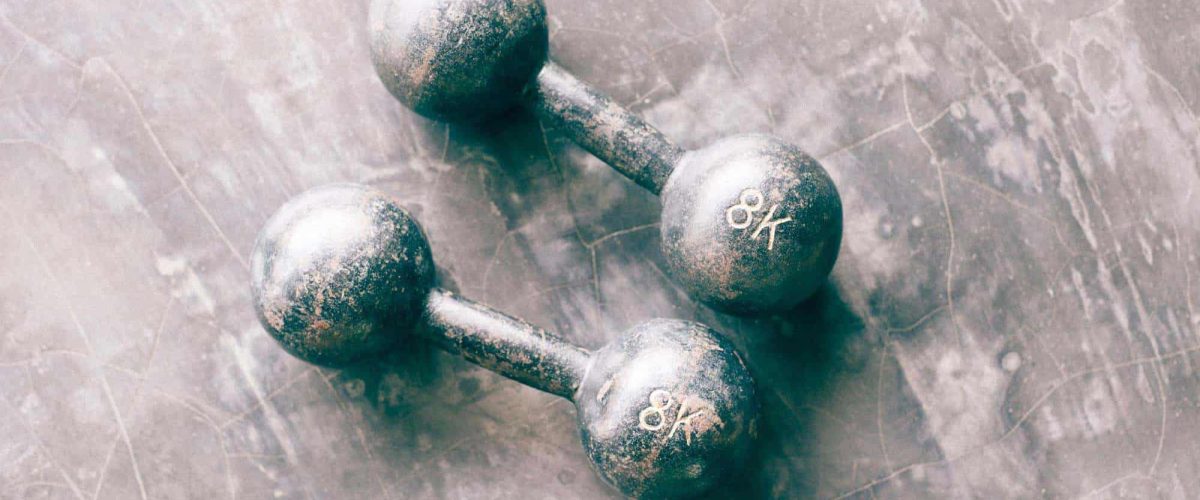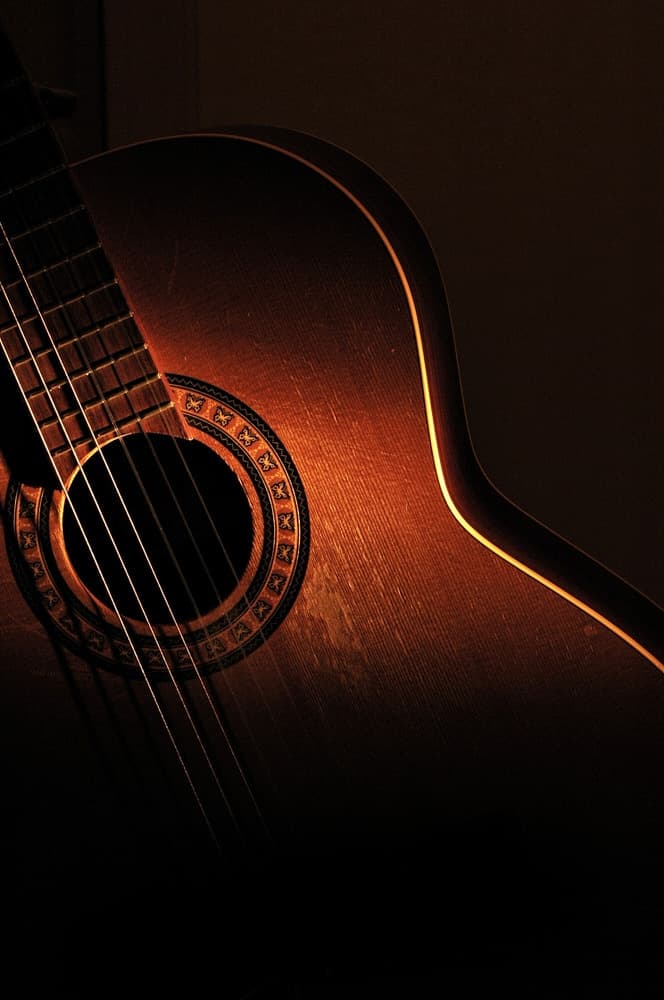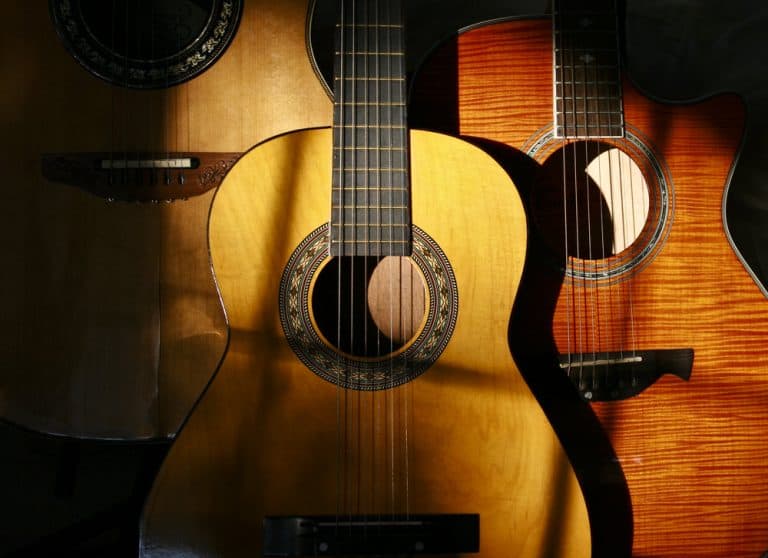Improve Your Classical Guitar Technique
The ultimate help guide perfecting Classical Guitar Technique
Do you want to play classical guitar better? Technique is the foundation of any instrumentalist, and so as to develop performance and defend yourself from damage, a solid technique isn’t optional; it’s a must. As part of our ‘Beginner’s Guide To Learning the Classical Guitar’ selection, this article will provide you with the starting, primary guidance you’ll need to begin improving instantly.

Daily Exercises
Many exercises are essential to gain a proper technique. Once you master these exercises, you’ll be able to play almost anything. That sounds like a grand statement – but don’t underestimate the word ‘master’!
If you work enough, you’ll be able to look at a section of music and be confident enough to learn it quickly. For each exercise, there is a specific way to practice it. Your practice is only as good as your form while you practice. So be disciplined about it, as practising exercises wrong is a complete waste of time! We have a few key exercise categories that will help you…

1. Tirando (Free Stroke)
When you first start playing, for the first few weeks you should focus on using an Apoyando (rest stroke) technique and alternating (walking your fingers).
Apoyando (also called a “rest stroke”) means plucking a string and having your finger that plucked that string rest on the string below.
Tirando (or “free stroke”) means also plucking a string but then not having your finger touch another string.
Eventually, you will need to play music which will require you to use both of these techniques.
Tirando technique is used for 90% of classical guitar playing. It’s a bit like taking the stabilisers off your bike as a child. Very difficult when you first try it, but quickly it becomes something you will never turn back from.

2. The Plucking Hand Ring Finger
As repertoire becomes more advanced the fingers can be separated into roles.
In particularly dense music, your ring finger will have to play the melody and will need more training than the other two fingers we’ve discussed so far.
3. Plucking Hand Fingers
When you look at the sheet music for classical you’ll often see some letters above the notes. These indicate which fingers each of the notes should be played with.
Here’s a quick list of the letters to help you understand what they mean.
P=Thumb
I= Index
M= Middle
A= ring
4. Scales

Scales are the building blocks of music. Just learning the major and minor means you have instantly opened up the possibility of learning hundreds, if not thousands, of songs and famous classical melodies.
Scales should become part of your practice routine. Many musicians use them as a warm-up before they start to play but many also use them as a way to be creative in their playing.
A good teacher will help you learn how to use these scales to improvise or write a melody of your own, and with enough practise you’ll be able to pick up the guitar, let go of any worries, and just play great music.
As you do this the chances are you will find something which grabs your ear and sounds great, keep doing them! Internalise that lick and that sound, make it part of your ‘vocabulary’.
5. Chords
Learning chords will allow you to achieve a goal that most new players set themselves. To be able to play their favourite songs.
However, whilst most students can play the individual chords in a song, they really struggle transitioning from one chord to the next without breaks in the music. To overcome this problem you must develop some fluency in your technique.
Here’s how to do just that.
Let’s take a look at a basic chord progression: G-D-C, G-D-Am. We’ll use the 4 finger G chord.
If you look closely at each chord you’ll notice that some notes appear in both chords. This means you can change from G to D without lifting your 3rd finger at all!
Practice this movement back and forth between these 2 chords for a few minutes until you can move all of the fingers at the same time and use the 3rd finger to pivot around.
As you combine more and more chords you’ll start to notice just how little you have to move your fingers to transition between them.
Improve Your Classical Guitar Technique - Summary
With so many techniques to choose from, the task of improving can seem a little daunting. Where should you start and how long should you work on each technique for example?
This is where having a structured practice routine will really pay off.
Decide which exercises you want to practice before you sit down to work. You can also decide how long you’ll practice them for.
Taking time to be specific about what you’re doing will not only give you focus and make you work harder in the practice room, it will also make you sound better when you get on stage for your next gig!
About the Author
Robert Emery
Robert Emery is Founder & CEO of Ted's List. He has performed all around the world as a conductor and pianist. From Sydney Opera House to the Royal Albert Hall, Robert has enjoyed bouncing around on stage in most of the major venues in the world. As a record producer, he has worked on fifteen No 1 albums, and hopes he can get to sixteen asap!
The Times called him 'the eccentric barefooted maestro' and the Mail quoted that 'the assured baton was controlled by the rather energetic and brilliant conductor'.
Robert has a wife (Mrs. E), two children (Master T and Master A) and four cats (Merlin, Mulberry, Partridge & Penguin). Between performing, producing, composing and running Ted's List, he runs an entertainment business called The Arts Group, comprising of a symphony orchestra, choir, live event production house, digital TV company and artist agency. Any spare time is usually devoted to sleep.
Other posts by this author
Have You Registered Yet?
As regular as I want to be Elton John for a day, I send out an email to you with the four most brilliant things that you absolutely have to know about.
Providing it includes something to do with music, it can wind up in the email. Think of it as a musical pandora’s box!
Obtain access by pressing down below.
Read the next post in this series:




